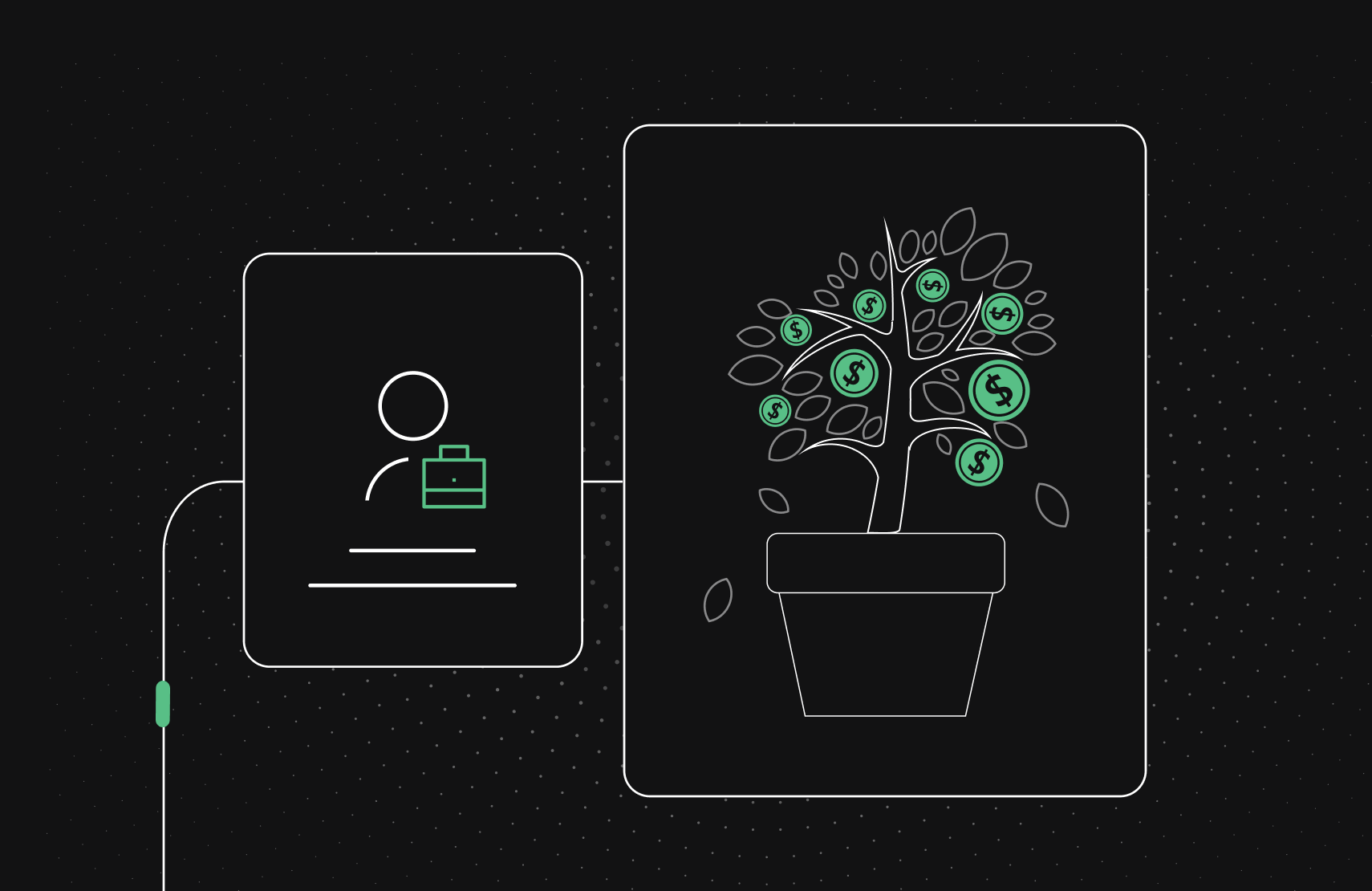Aligning Traditional B2B Sales with E-Commerce: Part 5 of 8

Contrary to popular belief, sales teams will continue to play an important role in B2B organizations, but the COVID-19 pandemic has cemented omnichannel interactions as the predominant path forward for B2B sales.
E-commerce should be viewed as a way to reinforce all existing selling channels by making them more focused, effective, and efficient.
Sales teams will love e-commerce, but only if B2B companies overcome specific omnichannel pain points to enable sales staff to perform their jobs at a high level.
Aligning sales channels will ensure the customers’ perception and experience with the business is consistent and convenient across the entire buyer’s journey.
I am partnering with fabric this Fall season to revisit concepts in my book Billion Dollar B2B E-Commerce and reflect on how organizations approached these concepts during the height of COVID-19 that pushed more business online. This is part five of an eight-part series.
So far, I have discussed the various functions, skills, and leadership that are fundamental to developing digital transformation in a B2B environment. However, you have probably noticed that I have not discussed a critical aspect of all B2B businesses: the sales function.
A common perception is that launching a B2B e-commerce operation is a surefire way to draw the ire of the sales team. And if done without careful planning and alignment, this can be the case. After all, doesn’t an investment in e-commerce signify the cannibalization of more traditional sales functions? Is this “Death of a Salesman” in digital garb? Not exactly.
[Source]
Enhancing Traditional Sales with E-Commerce
According to a recent report by McKinsey, concerns about businesses abandoning the traditional sales model are overblown. The COVID-19 pandemic may have temporarily limited in-person sales during nationwide lockdowns, but they’ve largely returned (though not quite to pre-COVID levels).
However, the pandemic has cemented omnichannel interactions as the predominant path forward for B2B sales. Even though in-person engagement has reemerged as an option, buyers have shifted their preferences and made it clear they prefer a cross-channel mix of interactions, including in-person, remote, and digital self-service.
The report also found that as buyers continue to embrace omnichannel purchasing options, sales models will increasingly go hybrid. Hybrid sellers are sales reps who interact with customers through video, phone, apps, and occasional in-person visits. Based on their data, McKinsey reported that 64% of B2Bs intend to increase the number of hybrid sellers over the next six months, and 85% believe that hybrid sales reps will soon become the most common sales role within their organization in the next three years.
Clearly, sales channels are evolving, but the teams themselves are not going away anytime soon. In reality, for most B2B companies, e-commerce dramatically enhances the efficiency of the sales function. e-commerce can actually multiply the sales team’s efforts by unloading routine tasks to online channels and allowing the team to be more focused and strategic with key accounts.
Business leaders shouldn’t think about e-commerce as an alternative to traditional sales methods. Instead, to take the business to the next level, management should think about e-commerce as a way to reinforce all existing selling channels by making them more focused, effective, and efficient.
Your Sales Team Will Actually Love E-Commerce…If You Do It Right
The launch of an e-commerce operation will provide many new benefits for a traditional sales team. It can increase productivity by allowing reps to act strategically and target larger orders with bigger accounts. Sales executives that have more time to spend with the right accounts will also have more opportunities to capture an additional share of their overall purchases.
In addition, e-commerce can have a major impact on efficiency by eliminating tedious tasks. Instead of manually processing orders, following up with smaller clients, and checking order status and inventory levels for customers, many of these tasks can be automated and handled through e-commerce and online self-service functions. By facilitating orders from small accounts, it can increase the reach of the sales team and provide an efficient channel for completing routine orders. This frees up the salesforce to spend more time closing the highest value sales opportunities, where solutions-based selling is critical.
An example of an empowered sales team is Royal Brass and Hose, a distributor of high-quality mobile equipment products like hydraulic and pneumatic parts, hoses, fittings, fasteners, and adapters. The company wanted to transform its business into a self-service e-commerce model by launching a new website and incorporating a product information management system (PIM).
The website also served as support for the sales team, letting them continue the relationships with their customers online, equipped with a digital catalog. The sales team also saw that the e-commerce platform was the preferred method for reorders and restocks. In addition, the website empowered other internal teams by providing 24/7 access to Accounts Receivable information like purchase history, orders, and invoices.
Addressing Pain Points
Unfortunately, for a sales team accustomed to the status quo, making the transition to digital sales is not easy. Furthermore, with the impact of COVID-19, the rapid ramp-up in digital and remote sales has come with a steep learning curve. To capture growth, B2Bs must overcome specific omnichannel pain points to enable their sales staff to perform their jobs at a high level.
According to McKinsey, one major issue is the risk of cannibalization. Sales staff generally question whether digital transactions are a catalyst for expanded sales or not, and they often worry that increased online sales will result in a zero-sum game. Other major pain points include finding the most effective way for field reps to work from home, making remote interactions feel as intimate as in-person experiences, and providing proofs of concept and digital demos that give buyers an equivalent level of insight to physical walk-throughs.
Sales leadership should be included in the e-commerce planning process early on and throughout each phase to help address these concerns. Placing sales leaders at the center of a company’s digital transformation brings the customers’ needs to the forefront and amplifies sales teams’ capabilities to manage relationships effectively.
With proper alignment, the sales team can be a large component of e-commerce success for your organization, and they will embrace digital channels once they see the benefits. Moreover, if you build in the capability for your sales force to get credit for e-commerce orders, they will be e-commerce’s biggest cheerleaders.
Aligning Sales Channels
What does sales channel alignment mean in light of all of these changes? It is not only about bringing your sales team on board with your digital efforts, though that is a crucial step. More broadly, alignment means ensuring that your customers’ perception and experience with the business are consistent and convenient across all selling channels.
Consistency is important in how your sales team sells and how distributors, resellers, and your e-commerce website function as an ecosystem. Convenience is about meeting customers where they are at any given moment. Once aligned, your business will be positioned to experience the efficiencies and revenue improvements of a well-oiled e-commerce operation.
– Billion Dollar B2B E-Commerce, Chapter 5, Page 114, Edition X

B2B e-commerce expert and author of Billion Dollar B2B E-Commerce.









